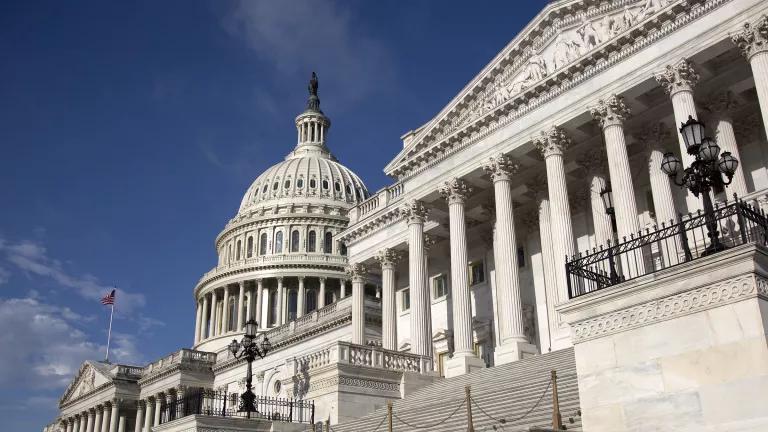Another Way of Knowing
University learning, free enterprise economics and the American political system have failed to deliver the knowledge we need to solve the challenges we face today

Medicine Wheel, Big Horn National Forest, Wyoming
The Value of Indigenous Knowledge
The older I get, the more I have to learn. As I went through college and law school, I acquired knowledge. I read and studied. My mind filled with information – Palsgraff, Chevron, Marbury v. Madison . . . The cases that serve as the foundation of the American legal system.
This knowledge and the skills I have acquired over 25 years of legal practice still matter. But they are not enough.
University learning, free enterprise economics and the American political system have failed to deliver the knowledge we need to solve the challenges we face today. Racial, social and environmental injustice remains. Too many people are without food, shelter and clean air or water. Catastrophic climate change threatens our coastal cities as well as our forests and those living near them.
As my good friend and teacher Charles Wilkinson has said, we need another way of knowing. We need to listen to and learn from indigenous knowledge. President Obama’s proclamation establishing Bears Ears National Monument in Utah recognized this.
For thousands of years, humans have occupied and stewarded this land. . . .
The traditional ecological knowledge amassed by the Native Americans whose ancestors inhabited this region, passed down from generation to generation, offers critical insight into the historic and scientific significance of the area. Such knowledge is, itself, a resource to be protected and used in understanding and managing this landscape sustainably for generations to come.
At least in some places, Forest Service employees are recognizing the utility of working with tribes to prevent catastrophic wildfires by incorporating cultural burning into forest management. In northern California, the Karuk and Yurok tribes have partnered with the Forest Service to manage land for traditional values and wildfire management. Studies have shown that the two goals work hand in hand. And south of Yosemite, the North Fork Rancheria of Mono Indians are actively using fire to manage the landscape in a sustainable manner.
Let’s take this success and spread it.
Scholars at the University of Montana have started to do the hard work to help incorporate indigenous knowledge and tribal perspectives into decision-making. A new report, Bridges to a New Era: A Report on the Past, Present and Future of Tribal Co-Management on Federal Public Lands, provides an invaluable summary of central and foundational principles of federal Indian law including sovereignty. The report offers compelling recommendations regarding how to incorporate tribal rights and interests into federal land management. By acting on some of these recommendations, we have the potential to take giant steps forward in healing and reconciliation as well as better management of the priceless treasures—both natural and cultural—that our public lands hold.
I’m not prepared to throw out what I have learned. I’m not prepared to turn my back on the traditions and economic principles that have delivered so much good for the nation of which I am part. But I am prepared to open my mind and my heart to new ways of thinking. Only by doing so can we come together as a people to solve the vast challenges we face.



